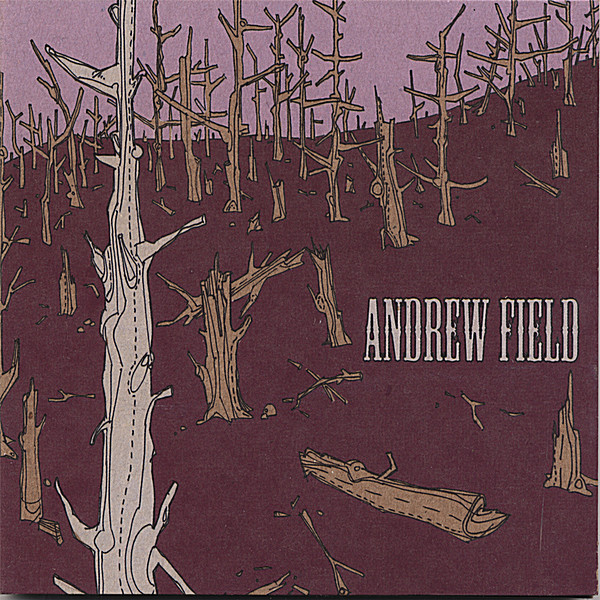
If an alien visitor were to collect ten souvenir life forms to represent life on earth, which would they be? This is the thought-provoking premise of Marianne Taylor's The Story of Life in 10 and a Half Species. Each life forms explains a key aspect about life on Earth. From the sponge that seems to be a plant but is really an animal to the almost extinct soft-shelled turtle deemed extremely unique and therefore extremely precious, these examples reveal how life itself is arranged across time and space, and how humanity increasingly dominates that vision.
Taylor, a prolific science writer, considers the chemistry of a green plant and ponders the possibility of life beyond our world; investigates the virus in an attempt to determine what a life form is; and wonders if the human--"a distinct and very dominant species with an inevitably biased view of life"-- could evolve in a new direction. She tells us that the giraffe was one species, but is now four; that the dusky seaside sparrow may be revived through "re-evolution," or cloning; explains the significance of Darwin's finch to evolution; and much more. The "half" species is artificial intelligence. Itself an experiment to understand and model life, AI is central to our future--although from the alien visitor's standpoint, unlikely to inherit the earth in the long run.







